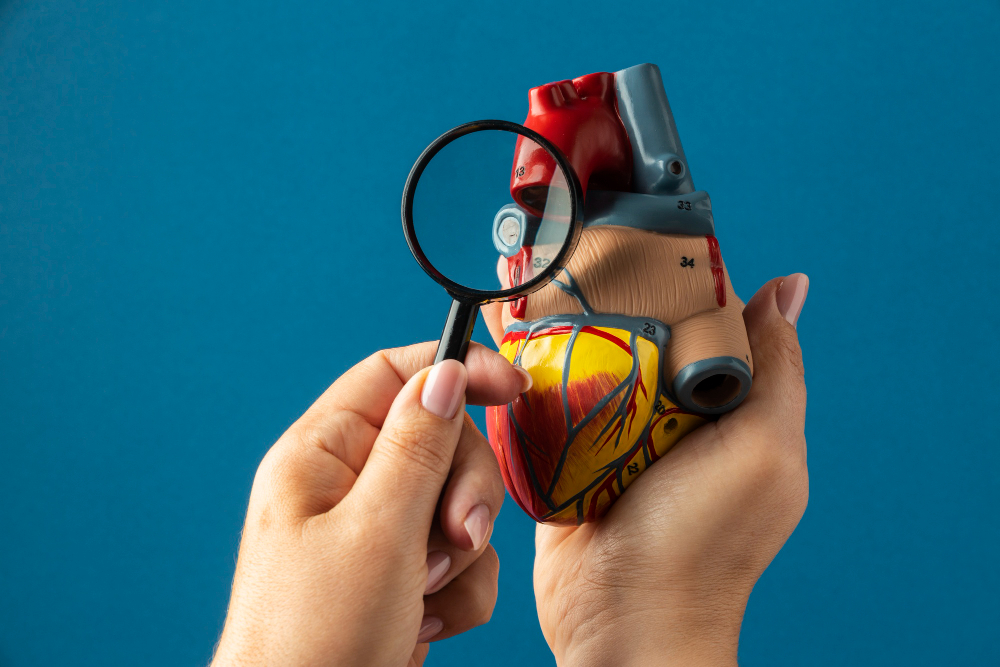Ventricular Septal Defect

Introduction to Ventricular Septal Defect (VSD)
A Ventricular Septal Defect (VSD) is a common congenital heart defect characterized by a hole in the wall (septum) that separates the heart’s two lower chambers (ventricles). This defect allows blood to pass from the left to the right ventricle, leading to increased blood flow to the lungs and overworking the heart.
Types of VSD
Membranous VSD
Membranous VSD is the most common type, located in the upper section of the ventricular septum. This area is near the heart valves, making surgical repair complex but typically very successful.
Muscular VSD
Muscular VSDs occur in the lower part of the septum, surrounded by muscle. These defects are more likely to close on their own during infancy and childhood compared to other types.
Inlet VSD
Inlet VSDs are found close to where the blood enters the ventricles, near the tricuspid and mitral valves. These defects are often associated with other congenital heart anomalies.
Outlet VSD
Outlet VSDs are located in the septum near the ventricles’ outflow tracts. These are less common and can be associated with specific ethnic groups.
Symptoms of VSD
The symptoms of VSD vary depending on the size and location of the defect. Small VSDs may cause no symptoms and might close on their own. Larger VSDs can cause:
- Rapid breathing or breathlessness
- Poor feeding and growth in infants
- Frequent respiratory infections
- Fatigue
- Heart murmurs detectable by a doctor
Diagnosis of VSD
Diagnosing VSD typically involves several steps:
Physical Examination
A doctor may suspect a VSD if they hear a heart murmur during a routine check-up.
Echocardiogram
An echocardiogram is the primary diagnostic tool for VSD. It uses sound waves to create images of the heart, allowing doctors to see the size and location of the defect.
Electrocardiogram (ECG)
An ECG measures the electrical activity of the heart and can help detect abnormalities caused by a VSD.
Chest X-ray
A chest X-ray can show if the heart is enlarged or if there is increased blood flow to the lungs, indicative of a VSD.
Treatment Options for VSD
Observation
Small VSDs that are not causing symptoms may only require regular monitoring by a cardiologist, as they can close on their own.
Medications
Medications can help manage symptoms and prevent complications. Diuretics, for example, reduce the amount of fluid in the blood and lungs, easing the workload on the heart.
Surgical Repair
Larger or symptomatic VSDs often require surgical repair. This can be done through traditional open-heart surgery or less invasive catheter-based procedures, depending on the defect’s size and location.
Complications of Untreated VSD
If left untreated, larger VSDs can lead to serious complications, including:
- Heart failure
- Pulmonary hypertension (high blood pressure in the lungs)
- Endocarditis (infection of the heart lining)
- Arrhythmias (irregular heartbeats)
Living with VSD
With appropriate treatment, many individuals with VSD live healthy, active lives. Regular follow-up with a cardiologist is crucial to monitor heart health and manage any long-term effects. Lifestyle adjustments, including a healthy diet and regular exercise, can also support heart health.
